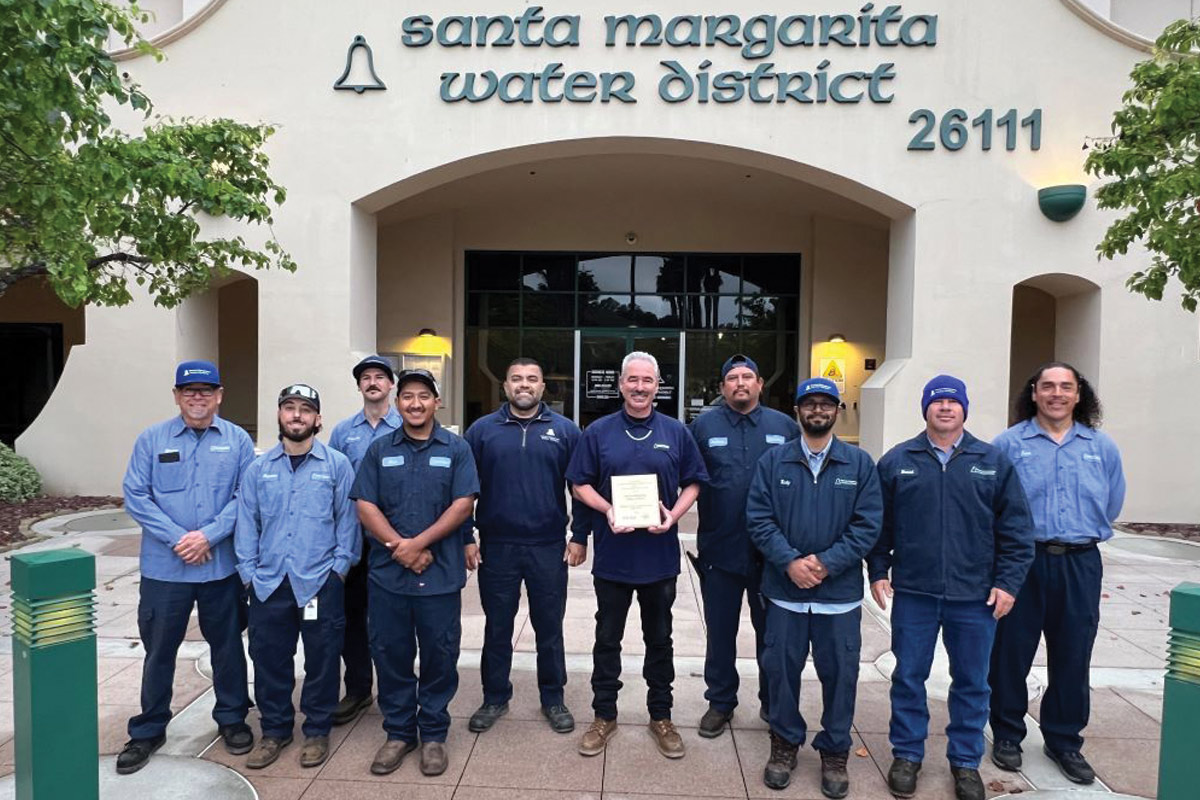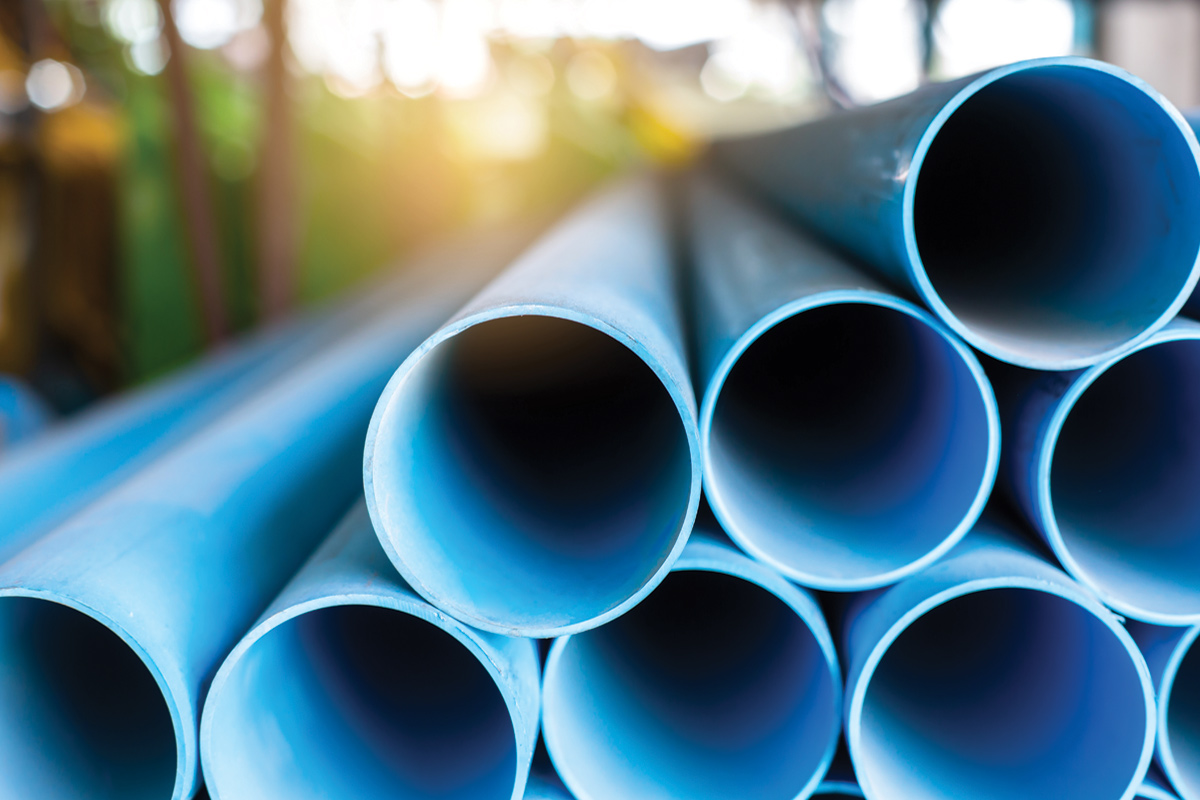
How to Repair a Failed CIPP Liner
While it doesn’t happen often and its certainly not desired, defects may appear in an installed cured-in-place pipe (CIPP) liner.
CIPP is not manufactured in a factory-controlled environment, it is manufactured in the field subject to a variety of variables (both above and below ground) that often cannot be controlled or that may be difficult to manage. The defect can also appear due to methodology that might not be considered best practice for the installation.
There are numerous forms of defects that can occur with CIPP. Some of these might be considered minor, inconsequential, cosmetic, or otherwise a non-structural issue. However, there are a few defects that are considered structural failures that certainly must be addressed with a repair.
Types of Defects
One type of structural defect that can occur with CIPP is what is known as a “lift” or “sag.” A lift or sag can occur when a full cure is not achieved in an area of liner during the prescribed curing process. With the liner not fully cured, any hydraulic water pressure (such as groundwater infiltrating thru the host pipe) between the liner and the host pipe can cause the liner to lift up (usually in the invert) or sag down (typically at the crown of the liner).

These lifts and sags can occur due to the presence of heavy and/or cold infiltration and can prevent the CIPP liner from achieving proper temperatures for cure or can “washout” resin from the felt liner leading to poor physical properties.

A lift can occur when condensate becomes trapped in a low spot in the liner during steam cure, preventing the liner from properly curing at that location. Specifically for hot water cured liners, a lift can occur due to poor hot water circulation practices. Lifts can also occur if the installation cure pressure inside the CIPP is lower than the amount of external hydraulic loading present.
Another type of defect, although less common than lifts, are cracks or splits in the liner. These often happen during liner cooldown after cure and frequently occur circumferentially around the liner. They are more often found when lining smooth wall plastic piping, such as PVC, HDPE, or other similar piping. The main reason for this phenomenon is the buildup of longitudinal thermal stresses in the liner upon cooldown after cure. Cracks like this can occur at the ends of the CIPP or at separated host pipe joints, where resin drain down had led to less-than-ideal physical properties. They also may occur during or after service connection reinstatements where a significant portion of the CIPP is removed.

Methods of Repair
There are several means of repair available for the defects described above. Some of the repair options available would be applicable to all these defects but depend on the magnitude of the defect(s).
Reprocessing
One method used for soft lifts or sags is to reprocess the area further with heat (steam or hot water). This method should only be used where it is not suspected that the defect was due to resin washout. Where this is not an issue, a spot reprocess is acceptable for the majority, if not all, of the liner.
The spot reprocess typically involves the insertion of a short bladder which is inflated under pressure. Steam is then introduced into and out of the bladder for a predetermined period of time. The pressure from the bladder pushes the lift or sag back tight to the host pipe and completes the cure of that area.
Another form of remediation is to reprocess the entire run of CIPP lined host pipe. This would typically involve the installation of another CIPP tube that has not been saturated with resin. This second liner is almost always needed as services have likely been reinstated. This dry liner is often saturated with water to aid in heat transfer thru the largely air-filled liner. The install-and-cure process is done essentially the same way as a traditional resin-filled CIPP liner.
CIPP is not manufactured in a factory-controlled environment, it is manufactured in the field subject to a variety of variables (both above and below ground) that often cannot be controlled or that may be difficult to manage. The defect can also appear due to methodology that might not be considered best practice for the installation.
Short Repair Liner
If the reprocessing method is not an option, then a localized CIPP repair liner may be installed at the defective areas. This process is applicable to not only lifts and sags, but also for cracks. Depending on the cured state of the lifts or sags, it is possible to install directly over the defect as it might be sufficiently soft enough that the repair liner process will push the original defective liner back to the host pipe wall. If by chance the lift or sag has hardened to a state where its stiffness likely would resist this repair, then the lift or sag would need to be cut out in advance.
The method for achieving this repair can be done in a means similar to the reprocessing method described above. The only real difference is that a resin saturated short CIPP liner is placed around the bladder before following the similar insertion, inflation, and cure steps described for reprocessing. The CIPP product utilized can be a traditional felt or fiberglass liner that is either thermally cured or ambient cured. These repairs can be performed by the installation contractor or by a third-party contractor that specializes in this type of repair.
There are also other means for short repairs available, such as internal mechanical sleeves. Generally available for small to medium diameter piping, they may be positioned into place by a crawler and expanded pneumatically to lock in place. Other mechanical type seals, which are not considered structural repairs, can be placed inside diameters suitable for man-entry access.
Full Reline Repair
In some cases where the number or magnitude of defects is large, the most sensible repair method may be a complete reline of the original defective liner. This reline would be very similar to the original installation, with a slight reduction in liner diameter to account for the original liner wall thickness. Changes to the lining process may be made to eliminate the reasons for the original defects. As the reline would be inside another CIPP, the cracking scenario inside smooth-walled piping described earlier should be considered. Longitudinal fiberglass reinforcement in the reline is often utilized to increase tensile strength.
The conditions for CIPP installation can be challenging and although the reasons for certain defects are not always known, following proper CIPP QA/QC best practices can minimize these occurrences.
Keith Oxner is an engineer with Inliner.




